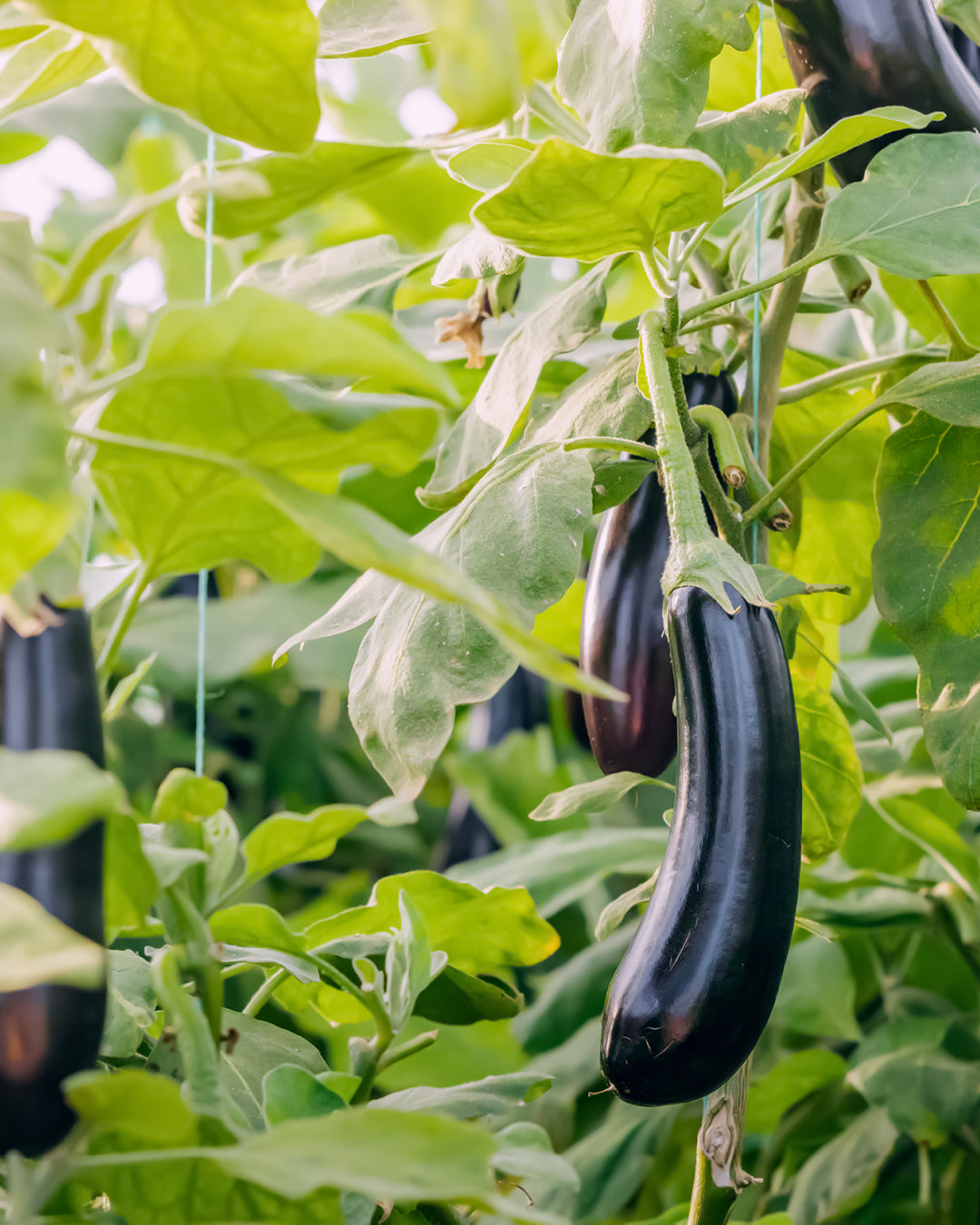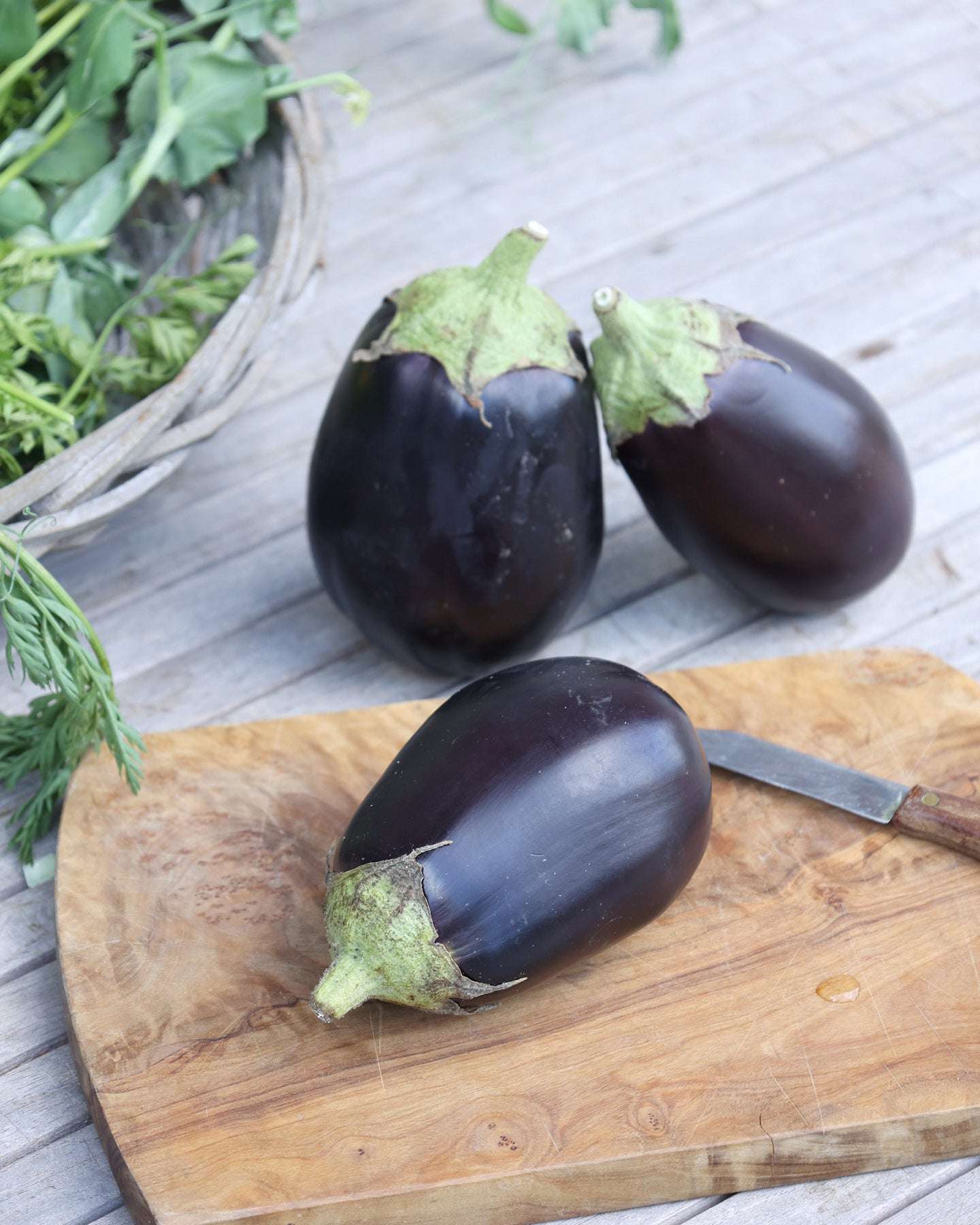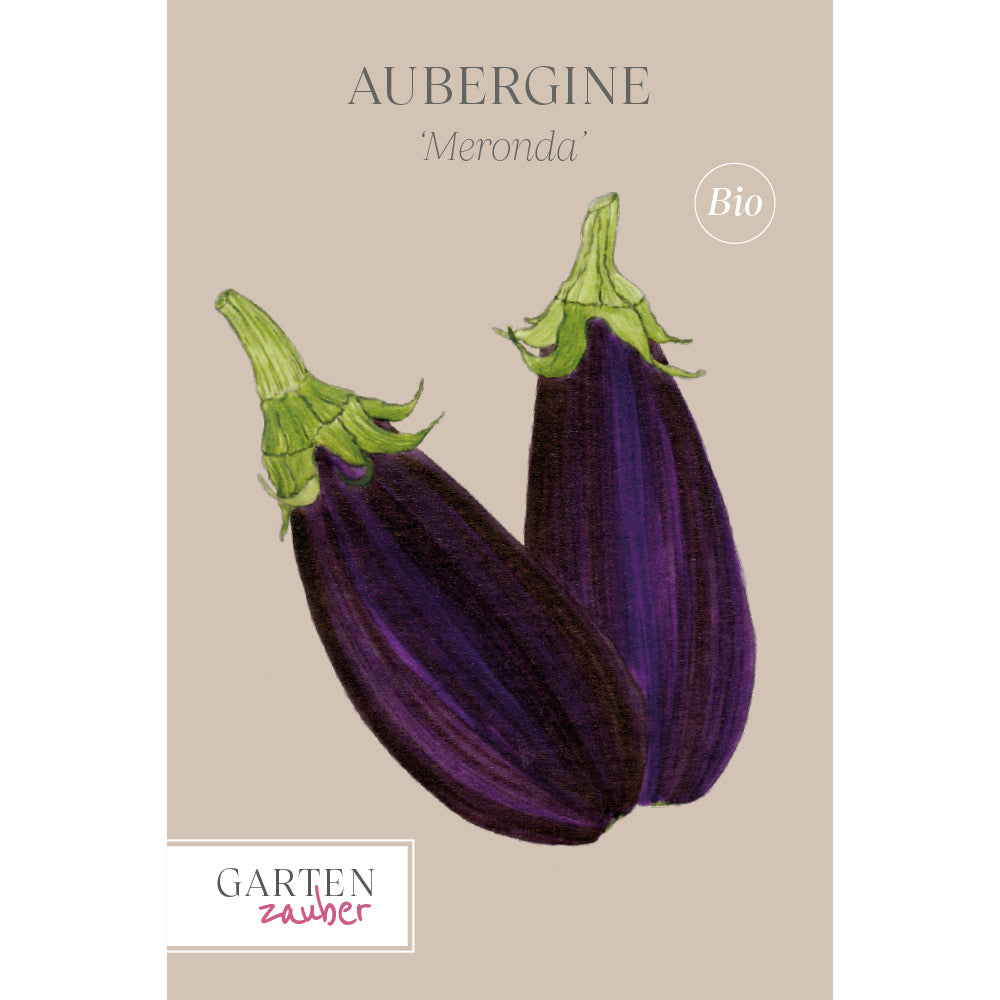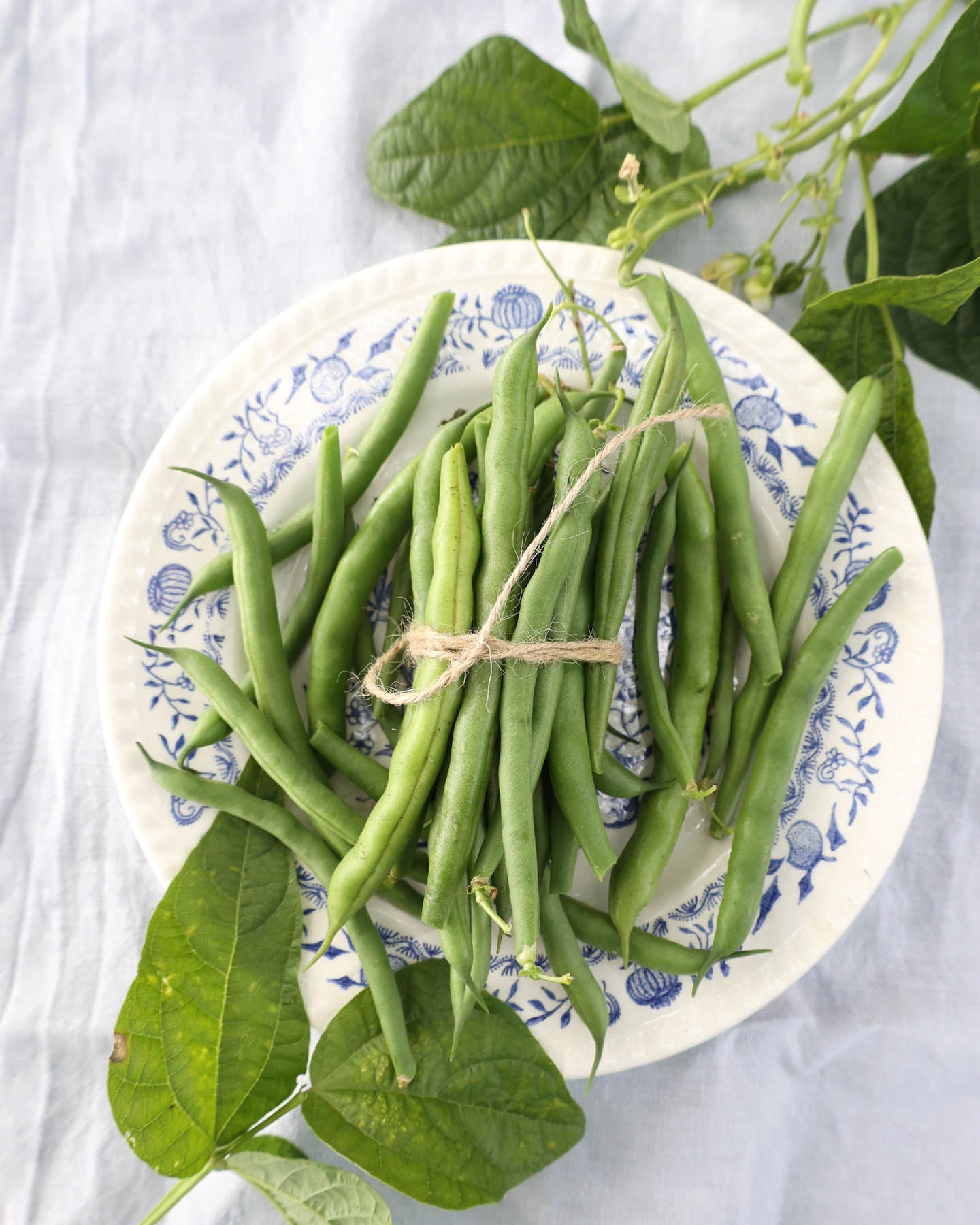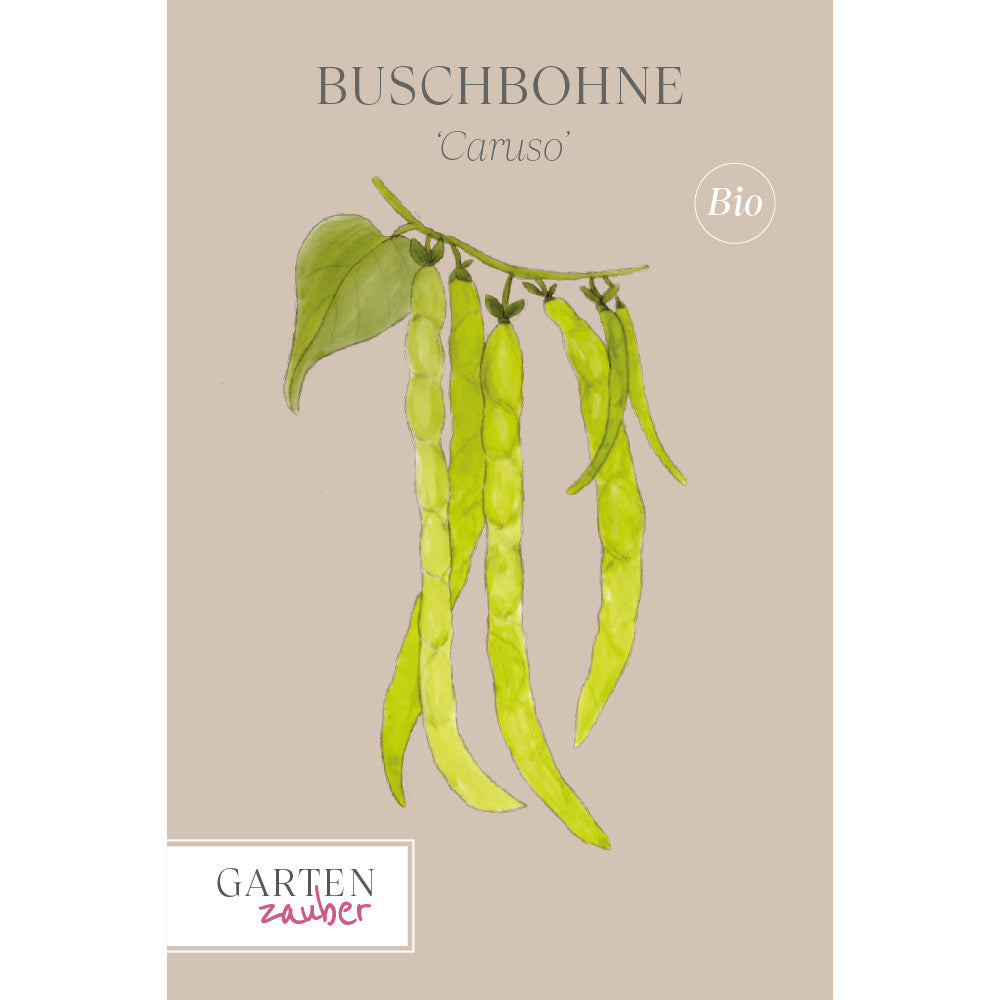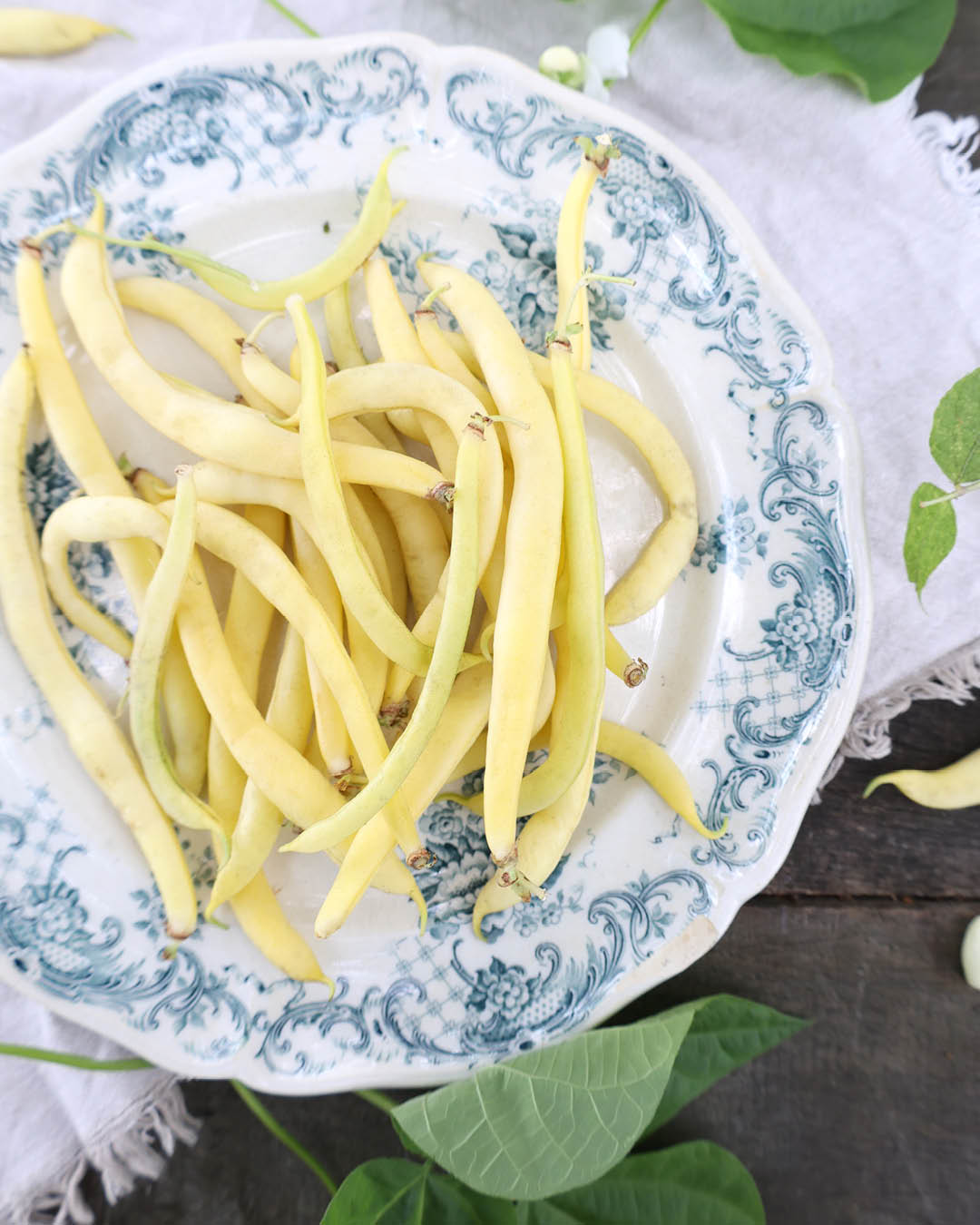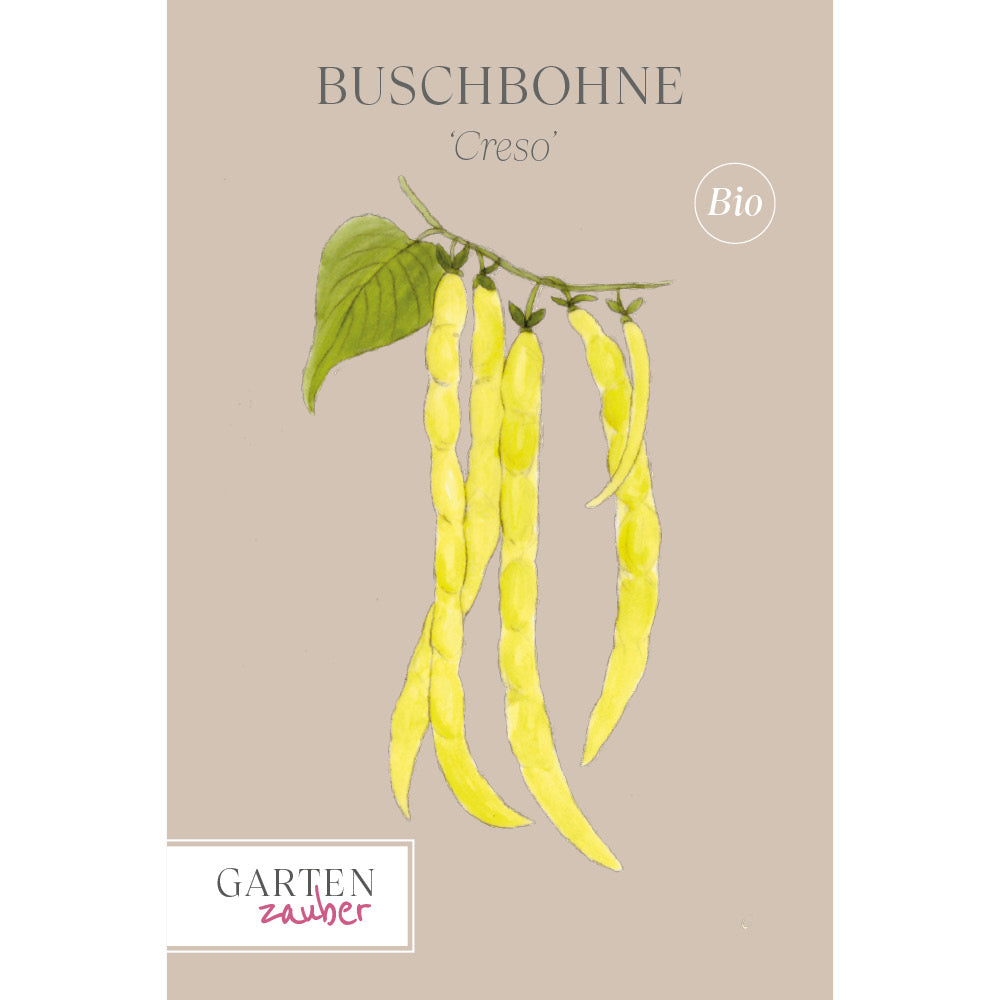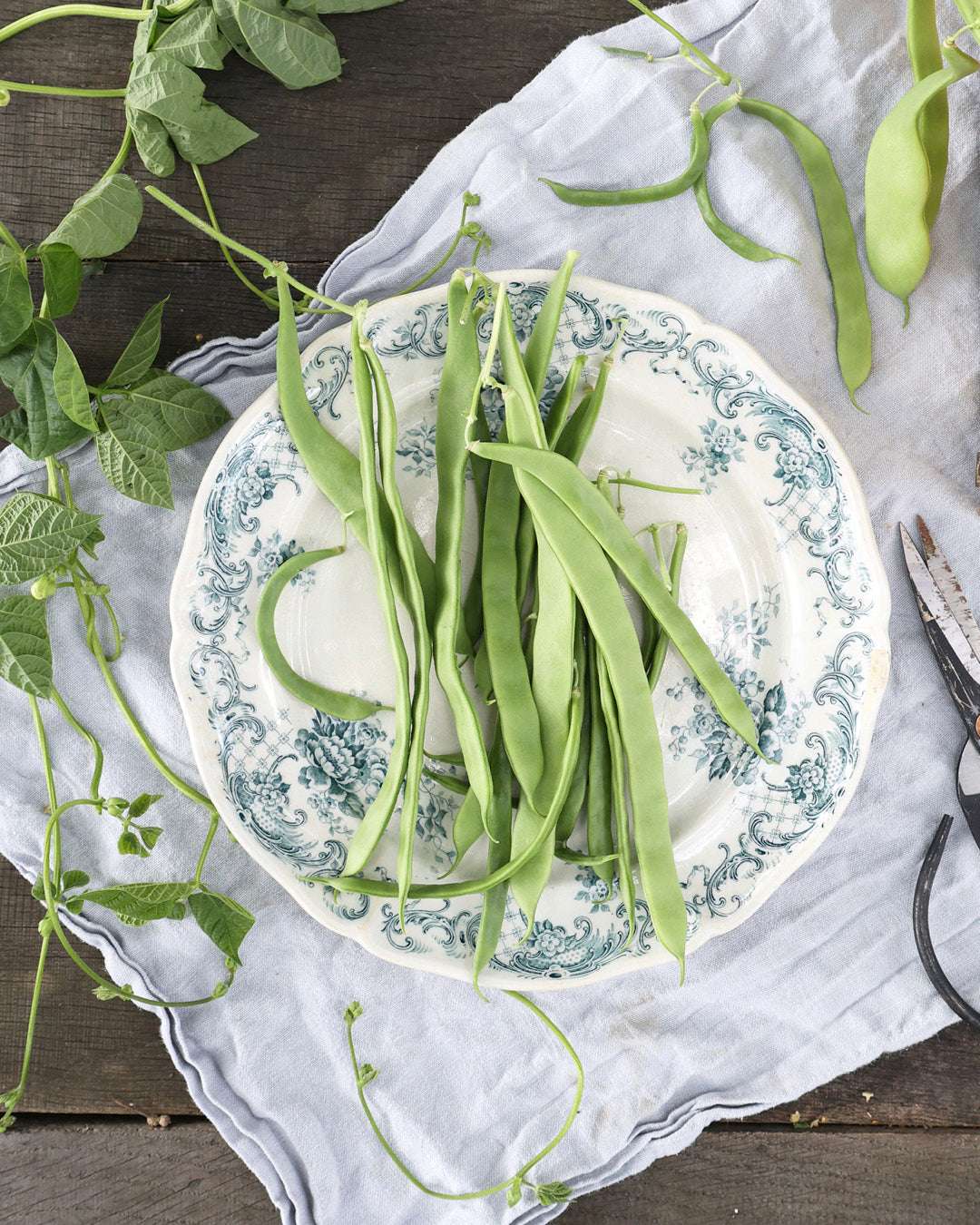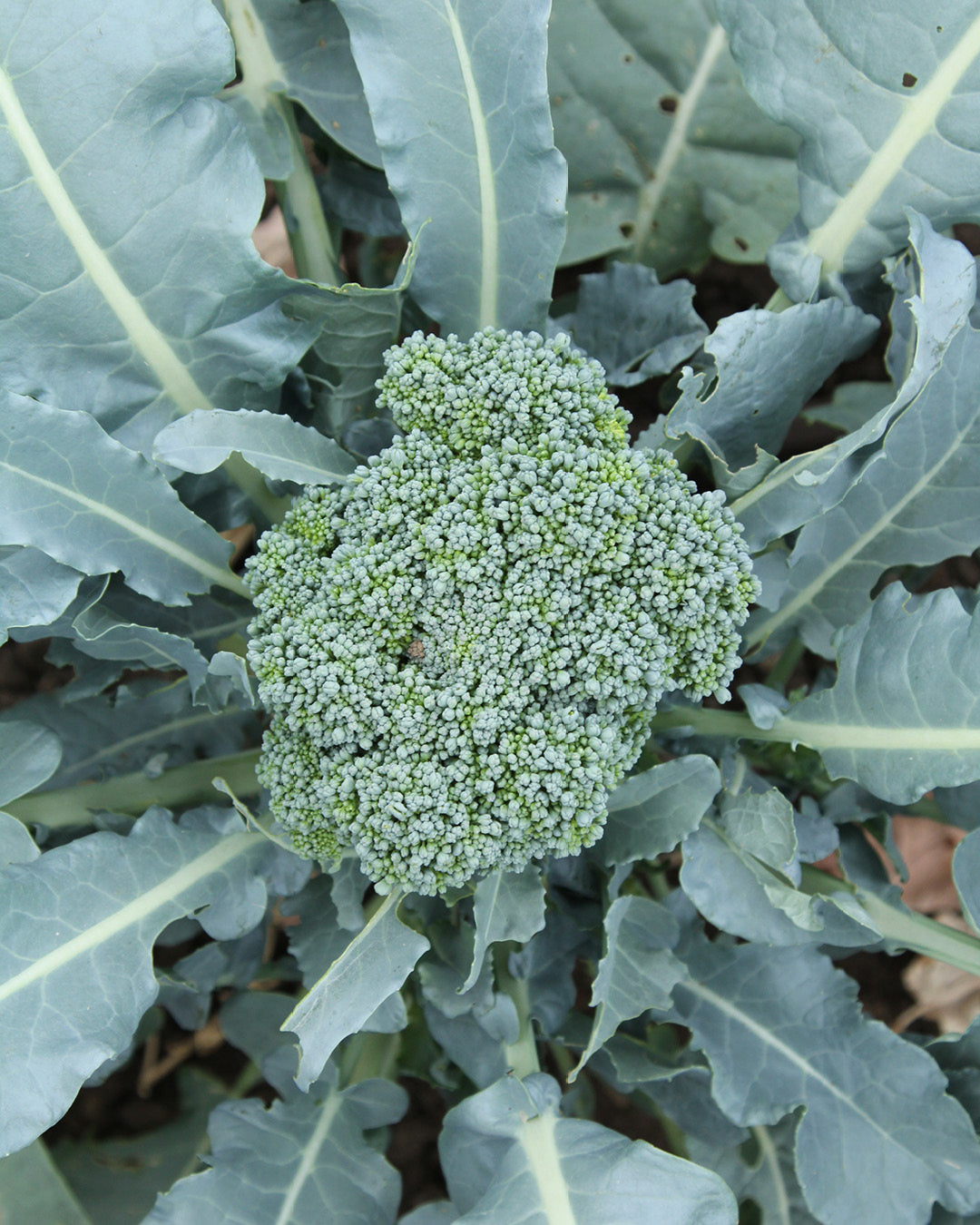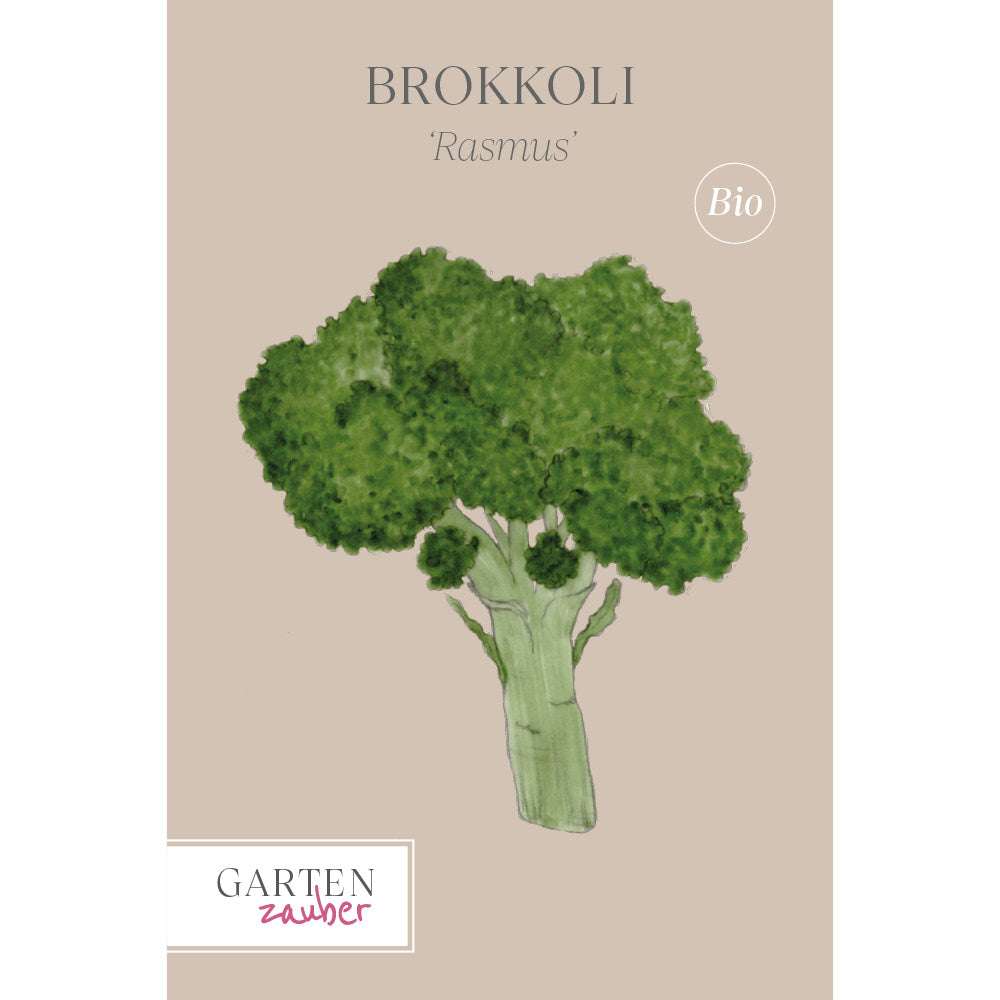Four steps to a new bed
What to do with the acquisitions from the last plant swap or those homegrown runner bean seedlings? A new garden bed is needed! This step-by-step guide shows how to transform a lawn into fertile ground for perennials and vegetables.
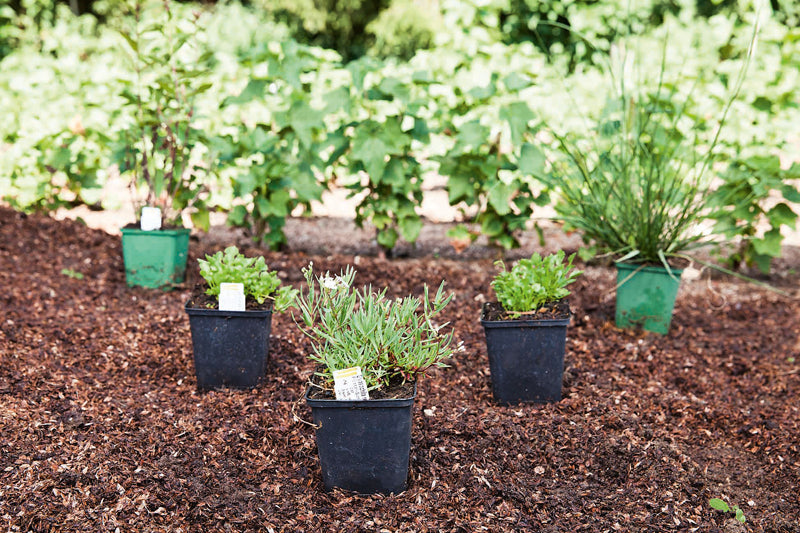
Peel the turf
To do this, push the spade into the soil as horizontally as possible, about a hand's breadth below the surface, and "peel" off pieces of turf. Weeds with strong root systems, such as ground elder, thistle, or dandelion, should be removed beforehand with a weed puller. They can resprout from small root remnants and would make life unnecessarily difficult for the plants in the newly planted bed. Perhaps you have a spot in your garden where the lawn has become patchy? Then you can replant the peeled pieces of turf there. To do this, mow the lawn as short as possible, loosen the soil, press the pieces firmly into the soil, and water them thoroughly. If you're not in such a hurry, you can cover the area where the bed is to be created with cardboard or plastic wrap. After about three months, the vegetation will have died, and the grass corpses can be worked into the soil with little effort. However, you won't be able to replant them elsewhere.

Improve soil conditions
To help your plants feel at home in the bed right from the start, give them a little boost with soil-improving materials such as compost, sand, horn shavings, and lava gravel. The amount depends on what you want to grow in the bed later. For a perennial bed, you should allow about 80 to 100 grams of horn shavings per square meter. That's about two handfuls. Compost is applied evenly, with a layer three to five centimeters thick. Sand or lava gravel is particularly needed for clay soils; one to three centimeters is sufficient. Many of our vegetables are heavy feeders and need loose, nutrient-rich soil, so add more sand and compost. For smaller gardens, it's worth mixing the materials beforehand in a mortar tub and then spreading them evenly over the area with a shovel if necessary.
Dig up the area
Now it's time to dig! You can use a spade or a digging fork for this. The fork has the advantage of crumbling large clods of soil. It also gives earthworms and other animals that live in the soil a fair chance of survival. When digging, you lift a piece of soil from the area and throw it back onto the ground upside down. In very heavy or root-laden soils, you can work your way down to spade depth in two or three stages. Large chunks that don't fall apart when dropped can be broken up with a digging fork or spade. The bed is perfectly prepared when all the large clumps are gone and the compost, sand, and horn shavings are evenly distributed in the soil. Finally, take a rake, crumble the remains, and level the area. The purpose of digging is to loosen the soil. However, since this literally turns the soil structure and thus the habitat for soil organisms and microorganisms upside down, digging isn't necessary every year. However, it's certainly a good idea when creating a new bed or dealing with heavily compacted soil.
Planting the bed
Once you've prepared the bed, you can start planting. For a perennial bed, place the potted plants on the area. Look at the bed from different perspectives: close up and far away, as well as from different vantage points. Some things may not look as planned. Then you can rearrange the potted plants. Once you're satisfied with the arrangement, start planting.
To create a vegetable bed, tie a long string to two stakes and stick them into the ground so that the string is taut. Plant the small vegetable plants along this straight line. Just like in a perennial bed, you'll need to water thoroughly after planting.
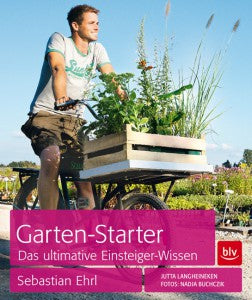
The content of this article is from the book:
Jutta Langheineken, Nadja Buchczik, Sebastian Ehrl
Garden Starter
Munich (blv), 2014, hardcover,
ISBN: 978-3-8354-1260-6, Price: 19.99 € / 20.60 € (A) / 28.50 sFr
"Gardening makes you happy—and sexy," says master gardener Sebastian Ehrl. The Allgäu native finds plenty of reasons why a garden or a green balcony enriches life. And the motivations of young "garden starters" are as diverse as a flowerbed itself. Some want to grow their own vegetables and eat as healthily as possible, others enjoy guerrilla gardening. Together with Sebastian Ehrl, author Jutta Langheineken accompanies such newbies on their path to a distinctive patch of greenery in her book "Garden Starters."

